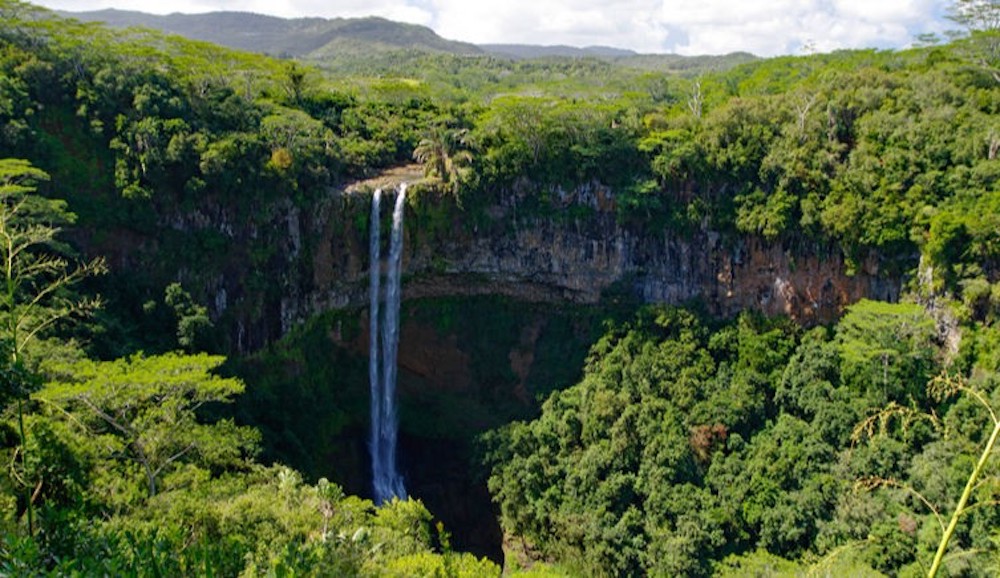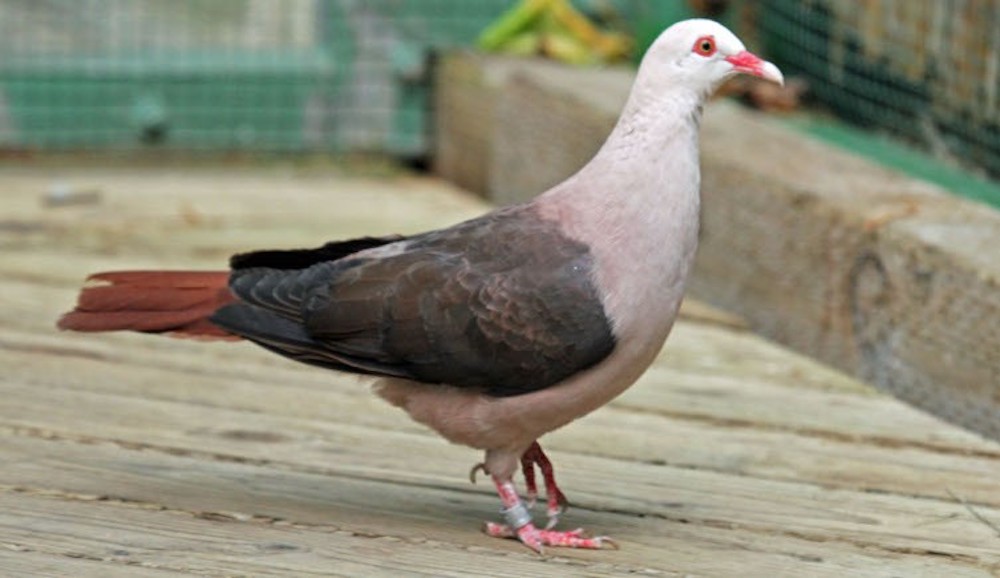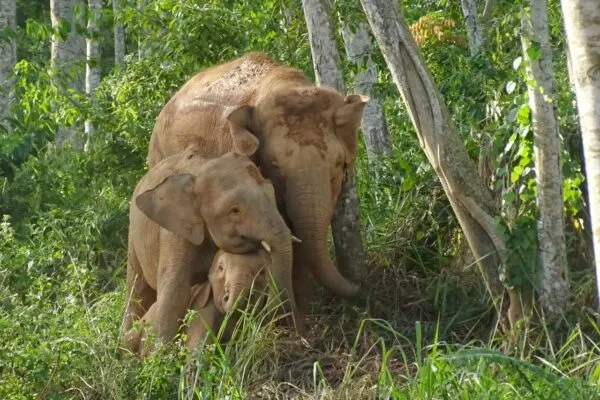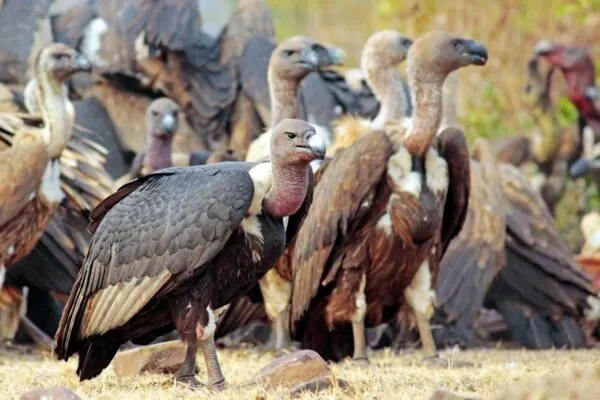Inbreeding Threatens Mauritius’s Pink Pigeons, Genetic Rescue Required To Survive
Boosting the number of Mauritius’s pink pigeons in the coming decades won’t be sufficient to save the poor species from the increasing risk of extinction due to inbreeding
The University of East Anglia led a team of international researchers to work closely in Mauritius for investigating the cause of genetic erosion across Mauritius’s endangered pink pigeon population. Across the island nation, there was an increasing decline in pink pigeons in the late 1980s. This situation got worse when researchers found only 12 birds living in the wild.
However, the pink pigeon offspring started hatching during the 1990s and early 2000s. With that, around 400 living pink pigeons remained on the island. But still, the species has now come out of the ‘critically endangered’ mark. There is also a severe population bottleneck that may lead to genomic erosion, meaning that the species may become genetically less healthy to survive.
How did pink pigeons reach the verge of extinction?
Mauritius island is in the southern Indian Ocean, near the islands of Madagascar and the Reunion. In the 1500s, Mauritius was untouched by humans but the arrival of Europeans changed the climatic conditions over the years. With the invasion of humans on the island, the region’s first predators, like mongoose, cats, rats, and macaques, were introduced to the land. And, this started clearing out natural habitats and plantations. This gradually took a toll on the island’s native species that started to go extinct.

Image: NHM
For instance, the dodo (a member of the pigeon family) became extinct within a century. However, the pink pigeon still survives on the island. It is because the flesh of this bird is considered toxic to animals and hunters. So, they avoid preying on it.
Although pink pigeons outlasted dodos, their population is declining ever since. One big reason for its habitat loss is the Trichomonas gallinae, a parasite that’s believed to kill more than half of the pink pigeon chicks on the island.
Understanding genetic erosion of pink pigeons
For understanding the reason for constant genetic erosion, the study checked the data on around 1,112 pink pigeons in the US and European zoos. The collected data is for more than four decades and includes each bird’s success rate of reproductive level and the level of their longevity at the increasing rate of inbreeding. As per these factors, they found that species had resentfully high “genetic load”.
This genetic load consists of various recessive harmful mutations, which potentially decrease an animal’s ability to reproduce. It’s happening due to decreasing number of hatching eggs or the number of young ones that fledge the nest successfully.
Before the bottleneck of the pink pigeons, the effects of mutations were not visible due to ample healthy genetic variants that were offsetting the harmful ones. But small populations seemed to be more vulnerable to such fluctuations in the genetic composition. This makes them affected by the impact of harmful mutations.

Image: NHM
Inbreeding is the main cause of such mutations. And, it’s likely to become more harmful if the offspring of two birds inherit the harmful mutation. Due to this, the healthy genetic variant cannot mask the dangerous impact of the mutation. So, that genetic variant may not hatch successfully. And, that’s the major reason leading to the constant genetic erosion of the wild pink pigeons.
Since the fittest pink pigeons are most likely to hatch and reproduce, only fewer birds are leading to the next generation. Hence, the population is constantly losing genetic variation despite its increasing size.
How can we avoid pink pigeon extinction?
As per the latest study, the researchers have studied that to avoid the extinction of pink pigeons, it’s important to reintroduce the younglings of birds bred in the EU and Jersey Zoos. Reintroducing the beautiful bird species to new zoos would decrease their level of relatedness in Mauritius.
The study also shows that the danger of extinction cannot simply stop after the population recovers in numbers. The researchers believe that it’s vital to consider genomic analyses for evaluating the recovery potential and conservation needs of the species. And, it’s simply not possible with the analysis of population numbers.
The Earth BioGenome Project’s generated data will become instrumental to recognize more species at risk of extinction. The project is on a mission to sequence over two million species in the coming ten years. Using the collected data, they cannot only assess the biodiversity but can even take crucial future conservation actions.
Via: NHM


